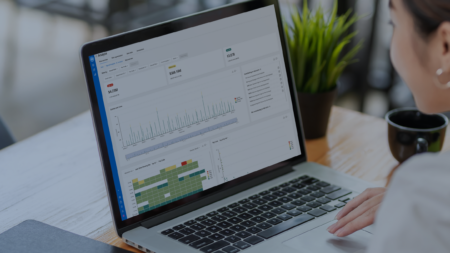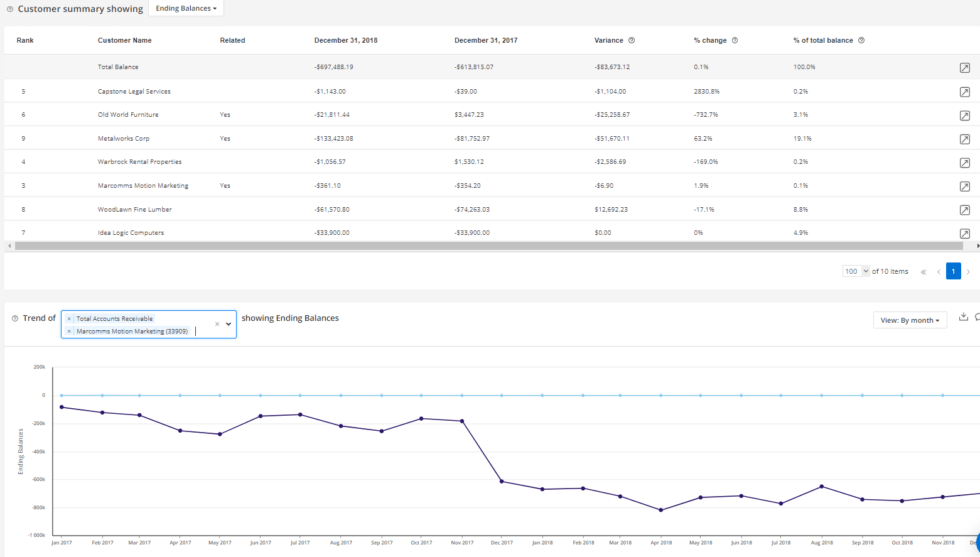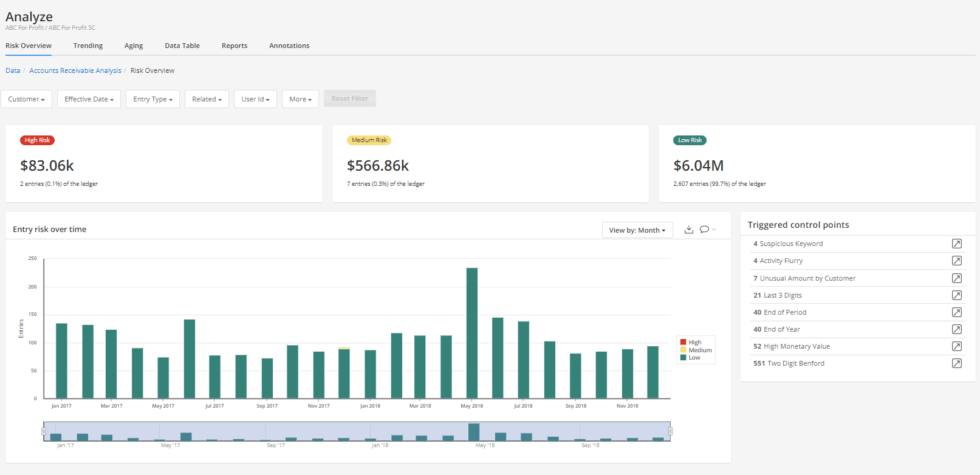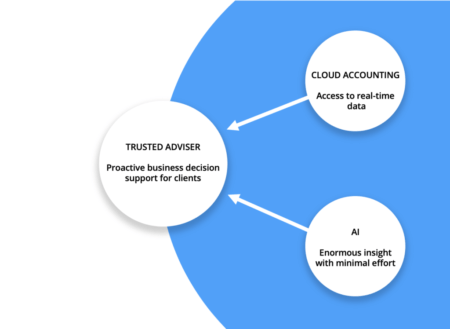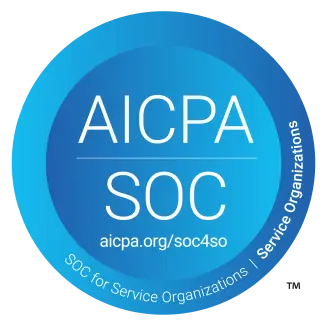For most auditors, surviving another audit busy season can be a rough ride. Between the 60-80-hour workweeks and the constant pressure to meet deadlines, there’s little time to rest, gather with family or friends, or enjoy personal hobbies. The reality is that stress is at an all-time high during the audit busy season, and many auditors can reach the brink of burnout.
The COVID-19 pandemic and work-from-home mandates have made things harder for some. Auditors not only have to work extra-long days, but there are fewer chances to break away from the desk and get some much-needed downtime. As the lines between work and home become even more blurred, there’s a serious risk for increased mental health crises.
Auditors are also having to juggle the inherent challenges of remote audits. Everything from trying to figure how to securely access client information and ensuring cybersecurity best practices, to scouring financial data to detect rising cases of fraud put even more pressure on auditors.
Below, we share some tips and best practices that can help auditors prioritize self-care and ease the stresses of the busy audit season.
Top 5 best practices for the audit busy season
1 – Choose the right auditing tools
Conducting effective remote audits begins with selecting the right audit tools. Everything must be considered, from how an audit team will communicate with clients to how files will be shared.
For instance, using a cloud-based AI auditing platform can simplify the sharing of financial data. Clients can quickly upload files into the secure AI platform, allowing the audit team to remotely access and analyze information. With AI power at hand, auditors can also run multiple algorithms across all client transactions simultaneously and cross-correlate data using dozens of testing criteria. This gives them a clearer picture of potential risks.
2 – Prioritize your personal wellbeing during audit busy season
Working from home for long periods of time can wreak havoc on anyone’s mental and physical health. Coupling this with the added stresses of the audit busy season, and auditors become highly susceptible to burnout.
Scheduling short bouts of exercise, yoga, or meditation each day can make a big difference. According to the Anxiety and Depression Association of America, even taking five minutes for light physical movement can reduce stress and stimulate anti-anxiety effects. Auditors who take time to prioritize self-care, get outside for walks, and use meditation apps will be able to better manage the stresses of the busy audit season. Plus, you may even produce better work.
3 – Ease the wake-up-and-work rush of the busy season
Before getting to the at-home workspace, auditors can plan some time for a burst of exercise and home-cooked breakfast or jump in the car to snag a latte at their favorite drive-through coffee shop. These small tasks bring some level of normalcy and variety to what can feel like endless days of remote auditing.
As well, setting firm boundaries around when a workday begins and ends will help auditors delineate work from quality time with family or simple relaxation. Working from home doesn’t have to mean that you’re “always on” or “always available.” This mindset is a one-way ticket to Burnout City.
4 – Re-evaluate auditing best practices
Auditing methodologies and best practices evolve constantly. This is especially true as new technologies become more widely accepted and used in auditing practices. To minimize stress and ensure the highest quality audits and risk assessments, auditors should always take some time to review any updates on audit methodologies and standards. This allows audit teams to better plan for audit engagements and ensures they’re using the most current information to handle their remote audits.
For example, check out our recent blog titled ‘How the new SAS-142 audit evidence standard embraces technology and automation.’
5 – Keep up with developing cyber risks
Working on remote audits while trying to meet looming deadlines is hard enough. But today, it’s become even more imperative for auditors to stay informed about the latest cyber risks and take action to prevent data breaches. The best way to do this is by partnering with transparent and trustworthy technology partners. Auditing firms should vet technology providers by asking about their cybersecurity policies and initiatives, their accreditations and certifications, and any accessible tools that ensure the highest level of resilience to cyber attacks.
Delivering quality work efficiently during the audit busy season
As another busy audit season approaches and remote audits become the new norm, auditors need to rethink how they’re going to manage the current and upcoming stresses and challenges. By implementing the right strategies and tools, auditors can better navigate the audit busy season without reaching a state of complete exhaustion. More than that, they can retain the highest quality of audits and assessments, without compromising data privacy and security.
Wondering how you can streamline your remote audits? Contact our team to schedule a quick demo of our AI auditing platform.


